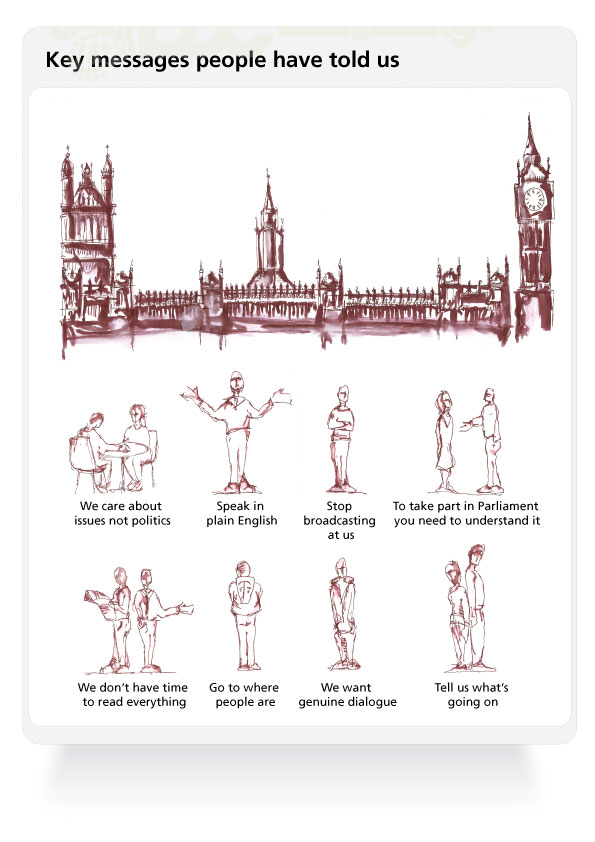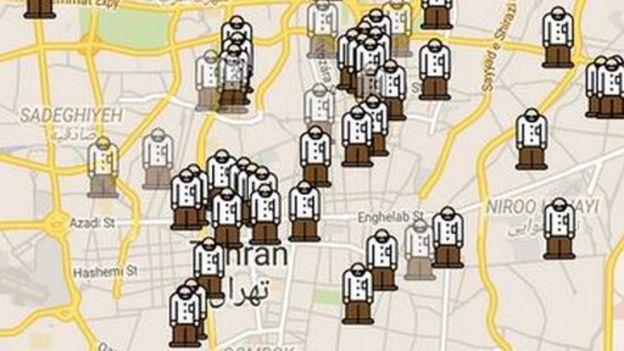Tom Gash at Global Government Forum: “All countries face their own unique challenges but advanced democracies also have much in common: the global economic downturn, aging populations, increasingly expensive health and pension spending, and citizens who remain as hard to please as ever.
At an event last week in Bavaria, attended by representatives of Bavaria’s governing party, the Christian Social Union (CSU) and their guests, it also became clear that there is a growing consensus that governments face another common problem. They have relied for too long on traditional legislation and regulation to drive change. The consensus was that simply prescribing in law what citizens and companies can and can’t do will not solve the complex problems governments are facing, that governments cannot legislate their way to improved citizen health, wealth and wellbeing….
…a number of developments …from which both UK and international policymakers and practitioners can learn to improve government effectiveness.
- Behavioural economics: The Behavioural Insights Team (BIT), which span out of government in 2013 and is the subject of a new book by one of its founders and former IfG Director of Research, David Halpern, is being watched carefully by many countries abroad. Some are using its services, while others – including the New South Wales Government in Australia –are building their own skills in this area. BIT and others using similar principles have shown that using insights from social psychology – alongside an experimental approach – can help save money and improve outcomes. Well known successes include increasing the tax take through changing wording of reminder letters (work led by another IfG alumni Mike Hallsworth) and increasing pension take-up through auto-enrolment.
- Market design: There is an emerging field of study which is examining how algorithms can be used to match people better with services they need – particularly in cases where it is unfair or morally repugnant to let allow a free market to operate. Alvin Roth, the Harvard Professor and Nobel prize winner, writes about these ‘matching markets’ in his book Who Gets What and Why – in which he also explains how the approach can ensure that more kidneys reach compatible donors, and children find the right education.
- Big data: Large datasets can now be mined far more effectively, whether it is to analyse crime patterns to spot where police patrols might be useful or to understand crowd flows on public transport. The use of real-time information allows far more sophisticated deployment of public sector resources, better targeted at demand and need, and better tailored to individual preferences.
- Transparency: Transparency has the potential to enhance both the accountability and effectiveness of governments across the world – as shown in our latest Whitehall Monitor Annual Report. The UK government is considered a world-leader for its transparency – but there are still areas where progress has stalled, including in transparency over the costs and performance of privately provided public services.
- New management models: There is a growing realisation that new methods are best harnessed when supported by effective management. The Institute’s work on civil service reform highlights a range of success factors from past reforms in the UK – and the benefits of clear mechanisms for setting priorities and sticking to them, as is being attempted by governments new(ish) Implementation Taskforces and the Departmental Implementation Units currently cropping up across Whitehall. I looked overseas for a different model that clearly aligns government activities behind citizens’ concerns – in this case the example of the single non-emergency number system operating in New York City and elsewhere. This system supports a powerful, highly responsive, data-driven performance management regime. But like many performance management regimes it can risk a narrow and excessively short-term focus – so such tools must be combined with the mind-set of system stewardship that the Institute has long championed in its policymaking work.
- Investment in new capability: It is striking that all of these developments are supported by technological change and research insights developed outside government. But to embed new approaches in government, there appear to be benefits to incubating new capacity, either in specialist departmental teams or at the centre of government….(More)”


